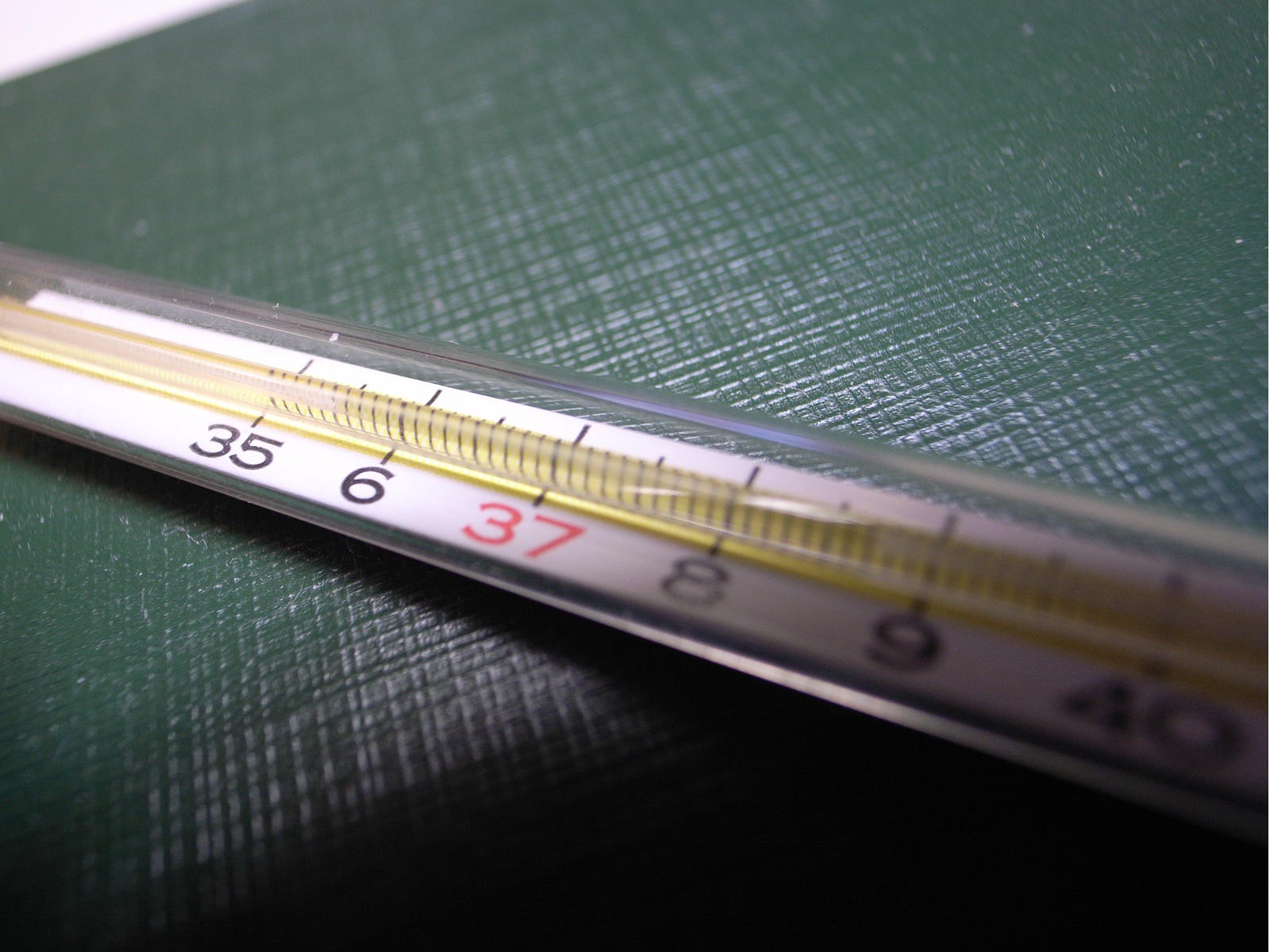

Really, explains Michael de Podesta standing in front of the world’s most accurate thermometer, it shouldn’t be this complicated. Because, temperature “is just all about jiggling.”
He looks at his thermometer with a hint of apology. However simple temperature should be in theory, trying to explain it by referencing a triaxial copper elipsoid acoustic resonator filled with argon gas somehow does not help his case.
The problem is that thinking of heat in the way we do, as some sort of distinct form of energy, is not that helpful. It’s more like a special case of kinetic energy, where the movement is among atoms and molecules. Thought of this way, temperature is a term that relates to the average speed of a lot of very small things–that big things, like us humans, feel as heat. Saying an oven is at 180 Celsius is a little like saying the cars on London roads are generally getting around the city fast, and giving that level of collective-moving a number.
As such, defining temperature, which is what Dr. de Podesta is employed to do, is very difficult. In fact, there are only two precisely known temperatures in the world. The first is 0 Kelvin, or -273.15 Celsius. This point–also known as absolute zero–is the temperature at which there is absolutely no jiggling of molecules and, unlike a completely stationary London transport system, has never been achieved. The second temperature is the so-called “triple point of water,” the point at which water molecules jiggle with just enough energy that they can exist as liquid, solid and gas at once. Measured using cumbersome glassware that includes water in all three states, we call that point 0.01 Celsius.
Every other temperature in the world, as measured by humans, involves an extrapolation from those two points, with all the inaccuracies that this extrapolation brings. But soon, thanks to Dr. de Podesta’s thermometer, that could change.
Dr. de Podesta is employed by the National Physical Laboratory, Britain’s standards institute. Every serious scientific nation has a standards institute. It is from here that teams of scientists define and distribute the units–the kilogram, meter, second, ampere and kelvin–by which every other experiment is measured. Their job is undoubtedly arcane, and viewed as geeky even by fellow scientists. It is also absolutely essential.
De Podesta likens his work to that of an optician. The accuracy with which he can define a unit, or the number of spaces after the decimal point he can provide, “define the sharpness with which we see the world.” If that accuracy is low, for science our world becomes fuzzy.
“If somebody says, “‘Do this at this temperature,’ everyone around the world needs to do it at that temperature,” said de Podesta. The point is that experiments must be reproduceable, and the only way they are is if units are definable.
And now it just may be that the way we measure temperature, using water at 0.01 Celsius–a standard that has served science for 150 years–does not provide the resolution we need. It’s not just that this method requires a very precise definition of water (since you ask, it uses Vienna Standard Mean Ocean Water, which helpfully has little to do with Viennese water and even less to do with seawater), it is also that the extrapolations involved can get rather large.
“If we want to know the temperature of something at around 1,500 degrees, ultimately we are comparing it with the triple point [at 0.01 Celsius]. That’s bonkers,” de Podesta said.
So why not measure the jiggliness directly? Well, obviously, it is hard to see molecules. But there is a very cunning way around that problem. By definition, temperature is related to the speed of molecules. As luck would have it, so too is the speed at which sound travels. Sound waves, after all, only propagate by traveling through moving molecules.
This is where de Podesta’s thermometer comes in. He sends sound waves through argon gas, and measures their speed. To measure temperature, he sees how fast they go. If instead he does it at a set temperature–0.01 Celsius–rather than measuring temperature itself he can measure precisely the relationship between jiggliness and temperature.
In this way he fixes to extraordinary accuracy a number, hugely important in physics and chemistry, known as the Boltzmann Constant. And ultimately, while this may be the world’s most accurate thermometer, it is defining this constant that is its job. Doing so means that, for all thermometers that follow, that number will be the reference point–rather than a glass tube containing ice, liquid water and water vapor. Because, really, the Boltzmann constant could be better described by a different name: the jiggliness number.


How We Get To Next was a magazine that explored the future of science, technology, and culture from 2014 to 2019. This article is part of our Design & Innovation section, which looks at new devices, concepts, and inventions that are changing our world. Click the logo to read more.
